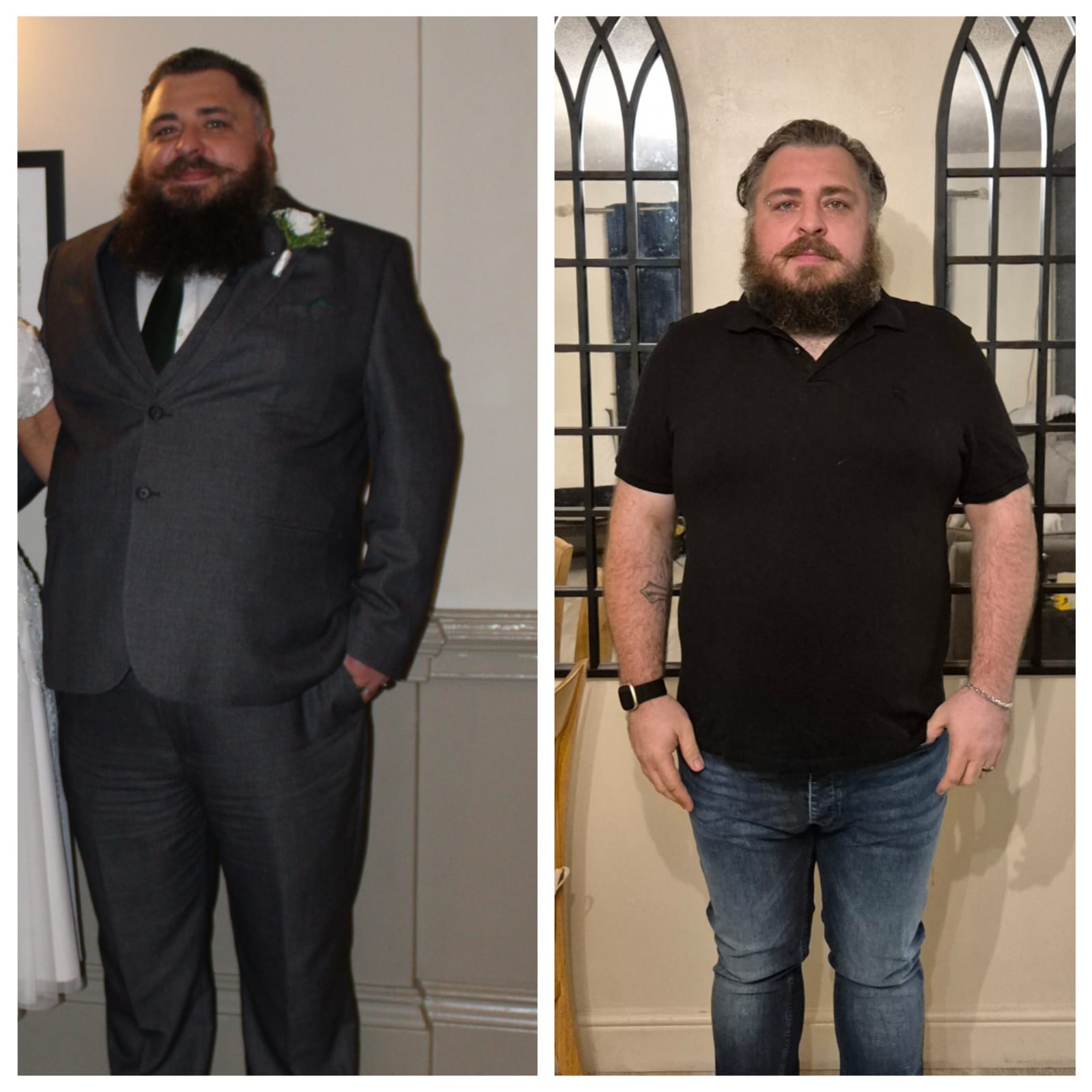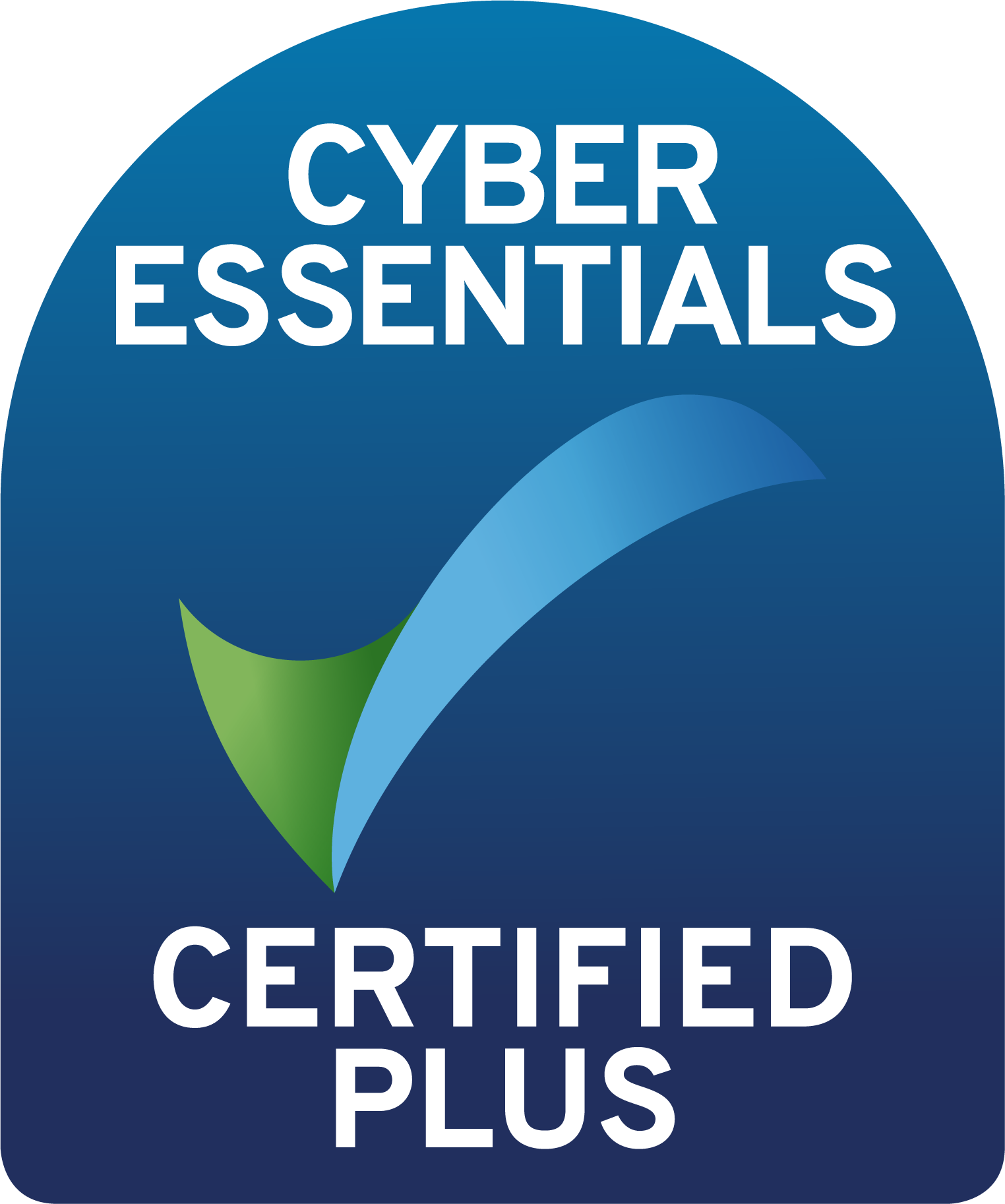If you love a pint, you’re not alone, but it’s no secret that alcohol is high in calories – and that’s before you even get to the fry up that makes your hangover more bearable. There has been a massive increase in low-alcohol beer on the market in recent years, but did you know that low-alcohol doesn’t necessarily mean low-calorie?
We asked Tom from Steady Drinker, who specialises in looking at alcohol-free choices, to share his pick of the beers that are actually low-calorie and won’t leave you with a hangover. Result.

Why should I switch to alcohol-free beer?
With a belly-bulging 43 calories per unit, cutting down – or cutting out – alcohol is one of the best things you can do if you want to lose weight. It’s never easy though, is it? Especially if you’re in the habit of catching up with mates over a few pints or cracking open a few cans after a tough day at work.
Then there’s the issue of what to drink instead. Tap water’s only going to cut it for so long, while juices and soft drinks are laden with sugar, sweeteners and – in the case of some fizzy drinks – goodness knows what else. Coffee and tea are fine, but that’s if you want to be awake all night.
This makes alcohol-free beer a decent substitute for full-strength beers – something I thought never I’d say a few years ago when the general quality of non-alcoholic beer was shocking, to say the least. While there are still a few dodgy ones out there, there are now scores of decent alcohol-free beers available, many of which have finally made it to supermarket shelves and pub fridges.
Swap your usual brew for a non-alcoholic beer and not only will you be raring to hit the gym or pound the pavements in the morning instead of burying your head under the duvet, but you’ll be consuming fewer calories, less sugar and no nasty additives – if you choose wisely that is. Here’s everything you need to know about alcohol-free beers.
Alcohol-free beers still have trace amounts of alcohol
The first thing to be aware of when switching to alcohol-free beer is that many do contain a smidgen of alcohol – legally, they’re allowed up to 0.5% ABV (alcohol by volume).
This is less than 0.2 units of alcohol per 330ml bottle and is the same percentage found naturally in things like orange juice, ripe bananas and some type of bread. It’s certainly not enough to get you drunk, no matter how much of it you drink, and this is why drinks under 0.5% aren’t restricted by UK licensing law.
Not all beers are created equal
You also need to be aware that alcohol-free doesn’t necessarily mean low in calories or sugar, even if they always contain fewer calories than their full-strength counterparts. It all depends on a specific beer’s ingredients and how it’s made.
For instance, some brewers halt fermentation early or use a yeast designed to consume less of the sugars provided by the malt, leaving less alcohol but more sugar in the finished product. Beer made with wheat also tends to be higher in calories and sugar.
So, is it just a case of checking the nutritional info on the label? In some cases, yes. However, breweries that list nutritional info do so voluntarily as it isn’t a legal requirement in the UK and many other major beer-producing countries. Most producers do include key nutritional info, but it’s worth checking online.
Five of the best low-calorie alcohol-free beers
Considering a switch to alcohol-free beers or having trouble finding non-alcoholic beers that are high in flavour but low in calories?
Here are five of my favourite low-calorie alcohol-free beers. All come in at fewer than 70 calories per bottle or can, which is less than a small glass of fresh orange juice.

Infinite Session “Pale” pale ale – 11 calories per 100ml (36 per 330ml bottle)
An apt name for a specialist alcohol-free brewery, Infinite Session is a cuckoo brewery (one without a permanent home) that brews out of Battersea’s Sambrook’s Brewery. “Pale” is one of three alcohol-free beers Infinite Session produces. Made with a variety of barley and wheat malts and a good dose of aromatic hops, it offers a mix of caramel and tropical fruit flavours in the taste and aroma.

Furstenberg “Alkoholfrei” lager – 11 calories per 100ml (55 per 500ml bottle)
With more than 10 million Germans drinking alcohol-free beer on a regular basis, most German breweries produce at least one alcohol-free beer. Furstenberg, based in the Black Forest area of Germany, first brewed its ‘Alkoholfrei’ lager in 1972 (it’s been brewing beer since the 13th century). With a biscuity aroma and a creamy mouthfeel, this is a much more interesting drink than your average mass-produced lager.

Mikkeller “Racing Beer” lager – 10 calories per 100ml (33 per 330ml can/bottle)
Danish brewery Mikkeller is well known for the quality of its full-strength craft beers. But it’s pretty prolific when it comes to alcohol-free beer too, with a handful of beers under 0.5% ABV in its range. Mikkeller’s “Racing Beer” complements the brewery’s 180+ running clubs. It’s technically a lager, but its fruity flavours and tangy mouthfeel are more reminiscent of a refreshing saison. Definitely a great beer to crack open after a workout.

Fitbeer lager – 20 calories per 100ml (66 per 330ml bottle)
Another beer that highlights alcohol-free beer’s health credentials is “Fitbeer”, a hellas-style lager brewed in Bavaria. More complex and less bitter than a typical lager beer, Fitbeer has a biscuity aroma and sweet, malty taste.

Nirvana Brewery “Karma” pale ale – 9 calories per 100ml (30 per 330ml bottle)
Like Infinite Session, Nirvana specialises in low-alcohol and alcohol-free beers. “Karma” is the pick of its beers under 0.5% ABV. It oozes citrus and mango flavours – the aroma is especially mouthwatering.
Tom Hallett is a blogger and writer based in Hampshire. He reviews alcohol-free beer and writes about the non-alcoholic beer industry at steadydrinker.com. Follow him on Twitter @steadydrinker.



